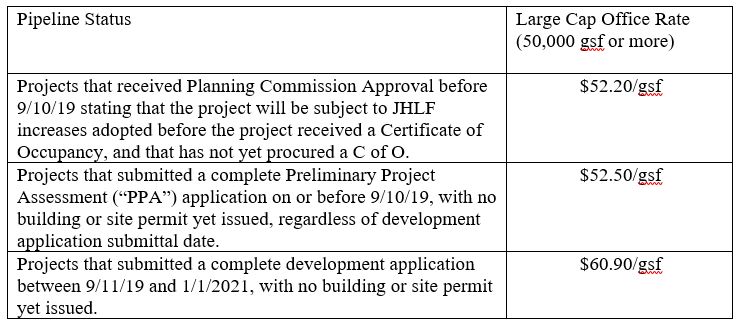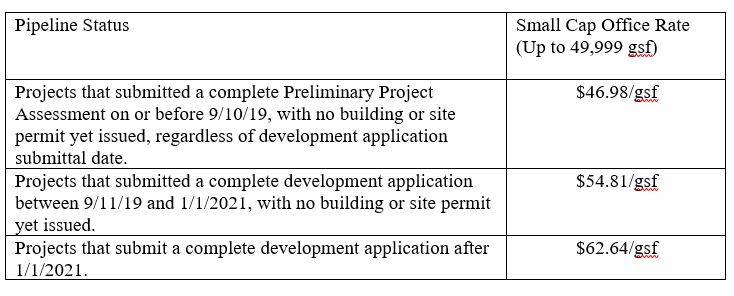On Tuesday, February 11th, Supervisor Ronen introduced legislation that would greatly curtail the amount of office use that can go into buildings in Urban Mixed Use (“UMU”) Zoning Districts. The legislation, available here, will prohibit all general office and allow “client-oriented” office uses at the ground floor with a Conditional Use Authorization.
UMU Districts were created through the Eastern Neighborhoods Area Plan, adopted by the Board of Supervisors in 2009. The intent of the UMU Districts was to function as a buffer zone between the more restrictive residential and neighborhood commercial districts and the industrial PDR districts. Uses such as light manufacturing, arts activities, laboratory, business service, and retail are encouraged. Housing is also permitted but is subject to higher affordability requirements. UMU Districts are primarily located in Eastern Mission, Potrero Hill south of 16th Street, Showplace Square/West SoMa, and the Dogpatch neighborhoods. These areas have historically contained warehouse style buildings that contain a mix of uses interspersed with housing.
The intent in UMU Districts is to locate office use on the upper floors, keeping the ground floors available for more “public-facing” uses, such as traditional retail. Only office uses that have a “client-oriented” business model, such as doctors offices, accountants, real estate brokers, and the like are permitted at the ground floor. General office use, such as an advertising agency and technology offices, are limited to the upper floors.
Currently, office uses are regulated in UMU Districts through “vertical controls” based on the height of a building. A two-to-four story building can have 1 floor of office use; five-to-seven story building can have 2 floors of office use; and 8 or more story buildings can have 3 stories of office use.
Under Supervisor Ronen’s proposal office uses would be prohibited on the upper floors throughout UMU Districts. Exceptions would still exist for qualifying landmark buildings. The other notable change is that “client-oriented” office uses would be allowed at the ground floor but require a Conditional Use Authorization from the Planning Commission. As proposed, there are no grandfathering provisions for projects currently under review.
Since the legislation was recently introduced, there are no Planning Department or Legislative Analyst reports or recommendations available. The Planning Commission must review and make a recommendation on the proposed legislation within 90 days, after which it will return to the Board of Supervisors. We will keep track of this legislation and provide updates when they become available.
Authored by Reuben, Junius & Rose, LLP Attorney Tara Sullivan
The issues discussed in this update are not intended to be legal advice and no attorney-client relationship is established with the recipient. Readers should consult with legal counsel before relying on any of the information contained herein. Reuben, Junius & Rose, LLP is a full service real estate law firm. We specialize in land use, development and entitlement law. We also provide a wide range of transactional services, including leasing, acquisitions and sales, formation of limited liability companies and other entities, lending/workout assistance, subdivisions and condominium work.














